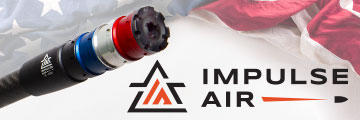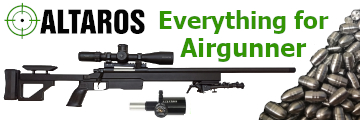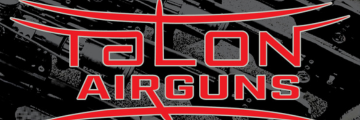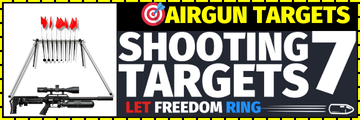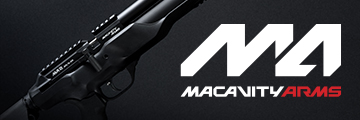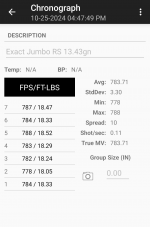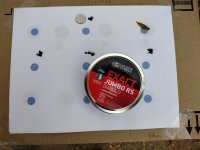Epic Epic Two Barrels
- By Drumsnguns
- PCP Airguns
- 17 Replies
I think after much consideration, I'll buy an Epic Two in .25. Guess I just have a soft spot for Czech made guns after owning a trouble-free Cricket for 11 years. But I'm having trouble deciding on barrels. I plan to shoot slugs and probably try for longer distances.
Anyway....after much reading, I'm thinking the 700 LW Polygonal in .25 for heavier slugs. I've seen videos where guys are shooting the 700 mm barrel for those 200-500 yard shots, (ha, in my dreams), but in .22 and using a CZ barrel
But MAN that's a long gun. I have a Cricket .25 and an Impact MKII .25 for occasional pesting, so length might be fine as I'll use the EPIC primarily for non-competitive bench. and playing with distance.
So questions....is the 700 mm more accurate than the 550? I know that it gives more power/speed
-Any known issues with the LW?
-I'm intrigued by the foldable stock. Not sure I need it and I lean towards fixed things for accuracy but since they went to all the trouble to design it....hmmm....(irrational I know). anyone have an opinion there?
Thanks for any input and Happy Thanksgiving to everyone out there.
KP
Anyway....after much reading, I'm thinking the 700 LW Polygonal in .25 for heavier slugs. I've seen videos where guys are shooting the 700 mm barrel for those 200-500 yard shots, (ha, in my dreams), but in .22 and using a CZ barrel
But MAN that's a long gun. I have a Cricket .25 and an Impact MKII .25 for occasional pesting, so length might be fine as I'll use the EPIC primarily for non-competitive bench. and playing with distance.
So questions....is the 700 mm more accurate than the 550? I know that it gives more power/speed
-Any known issues with the LW?
-I'm intrigued by the foldable stock. Not sure I need it and I lean towards fixed things for accuracy but since they went to all the trouble to design it....hmmm....(irrational I know). anyone have an opinion there?
Thanks for any input and Happy Thanksgiving to everyone out there.
KP
























